Over the years I have taught a lot of sewing/embroidery classes to thousands of students. Most of them have lots of questions and I’m always surprised at how many students ask the same questions. Today, I’m telling you about three of the most often asked questions that come up at some time or another in almost every class, no matter what we were stitching. I’m going to answer these in the reverse order of how many times I hear them, starting with #3, then #2, and lastly, answering the most-asked question, #1.
Question #3 – Are Dual Feed Presser Feet and a Walking Foot the Same Thing?
Dual Feed presser feet and the Walking foot have similar purposes. Both designed to help your fabrics feed evenly when you are sewing with two or more layers. But this does not mean they are interchangeable. Every sewing machine of any brand feeds the fabric in a similar way. The lower layer of fabric is moved by the feed dog. The upper layer of fabric is just being pulled along. This means the two layers are moving at different speeds. Depending on the fabric you use, the layers may slide and shift so that as you come to the end of the seam, they are mismatched. This is especially challenging when you are piecing patchwork, machine quilting, matching plaids, or stitching slippery fabrics.
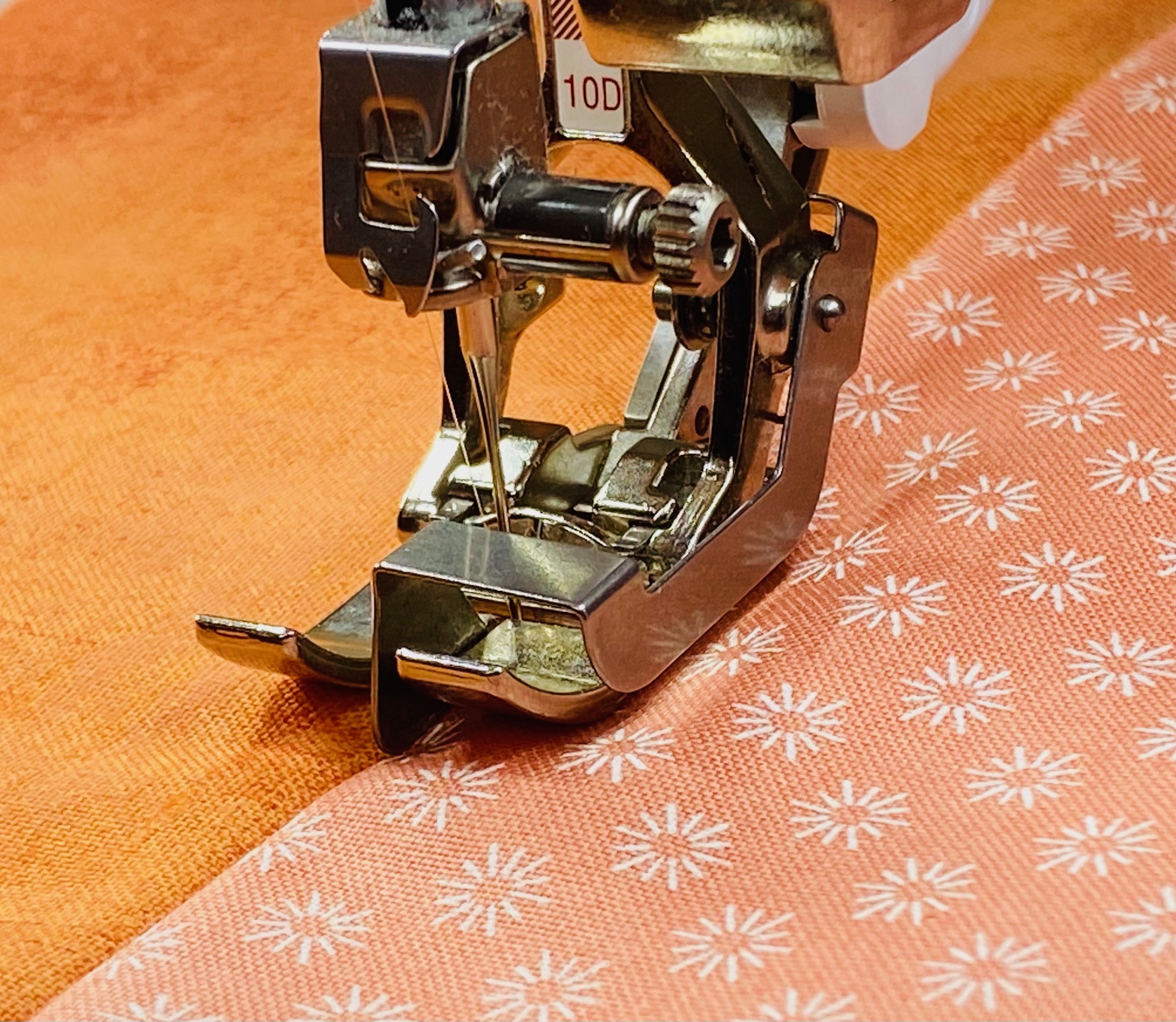
The Dual Feed feet are designed to sew two layers of fabric, so they are great for piecing and matching plaids or stripes. They may also be able to handle a small, quilted project using low-loft batting. What they cannot do is keep the layers of a large, heavy quilt from shifting as you stitch. That is where you need to use the Walking Foot. It has more power and feeds the layers in a different way that is perfect for thick quilt layers. The Walking Foot can also manage the lighter chores of matching plaids and smoothly stitching slippery fabrics. To see a post I wrote comparing the Walking Foot with the Dual Feed feet for the BERNINA blog, CLICK HERE.
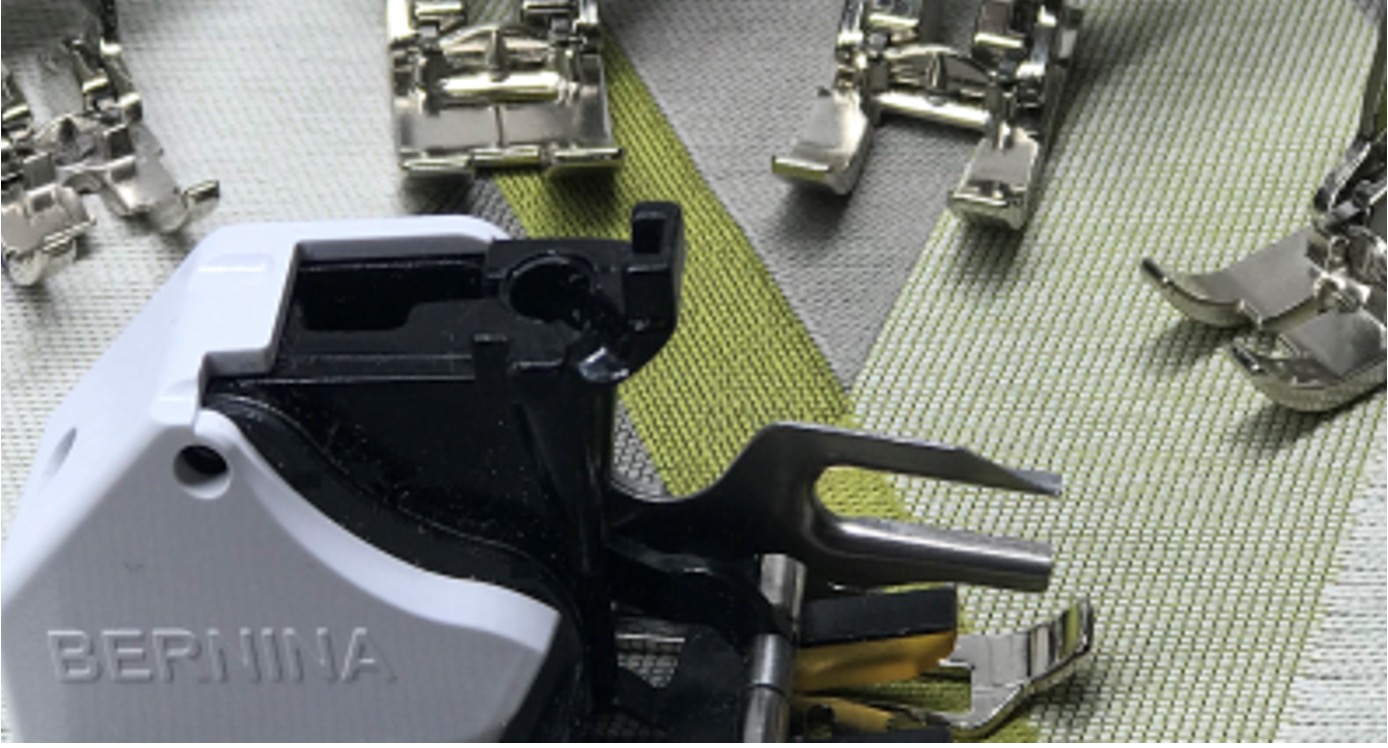 Question #2 – Do I Need Matching Bobbin and Needle Thread Colors?
Question #2 – Do I Need Matching Bobbin and Needle Thread Colors?
When the bobbin thread and the needle thread are forming a stitch, they lock together between the layers of fabric. Only the needle thread shows on the upper layer of fabric and only the bobbin thread shows on the lower fabric. When your tension is not balanced, the bobbin thread may show on the surface of the fabric or the needle thread may show on the lower fabric. Using the same thread type for both the needle and the bobbin is an easy way to balance the stitch, and even if it is slightly unbalanced, it won’t be noticeable if the colors also match. No matter what type of threads you use, if you balance the stitch, it usually doesn’t matter if they are different colors. However, you should avoid winding a new thread onto a half-filled bobbin. CLICK HERE to read a previous post that tells you why.
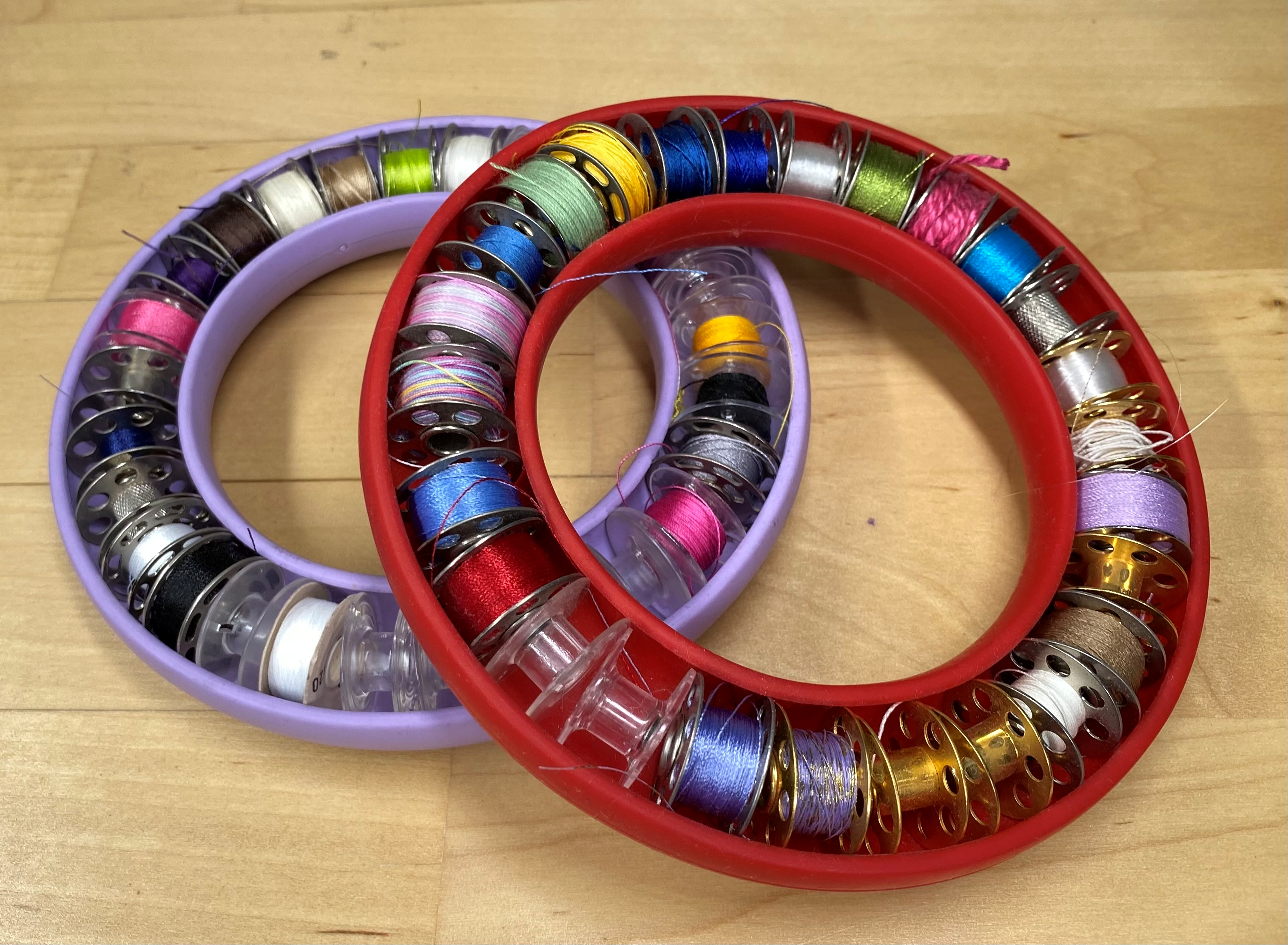
Question #1 – Why Does My Bobbin Create a “Bird’s Nest”?
The thing you need to know about this thread situation is that it even though it happened on the back of your fabric, it is all about the needle thread. A nest of thread forms on lower fabric because the needle thread has little or no tension. When you thread your machine, the foot should be up so that the tension disc in the top of your machine is open, and the thread can get down into it. If you miss this step, the thread has no tension and can’t form stitches. Sew with the presser foot down to engage the tension. CLICK HERE for a previous post that talks about this very situation. All you have to do is rethread the needle (and the bobbin, just to make sure they play well together) and you’ll be ready to sew!
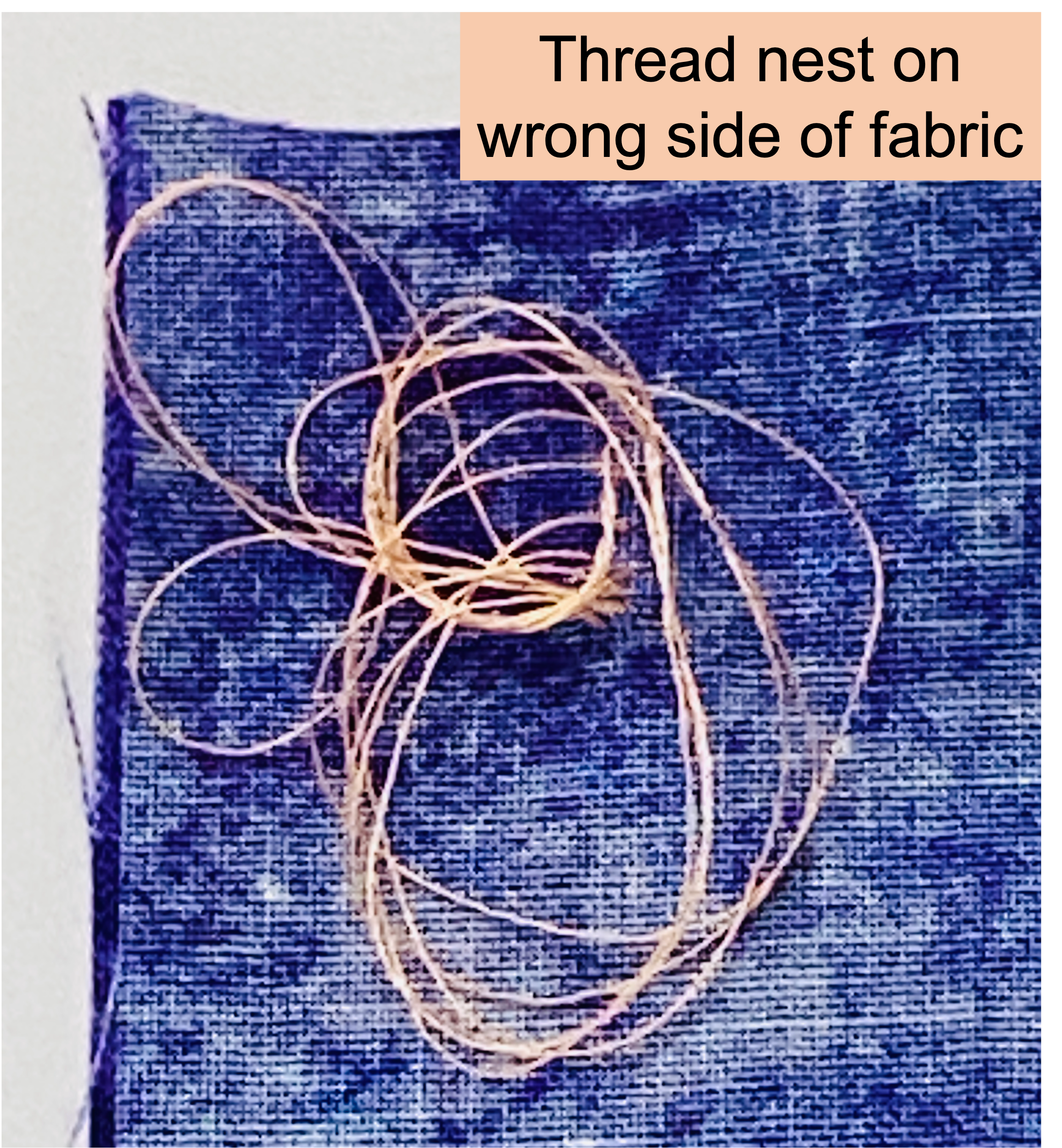
There’s another common reason that you may have thread nest issues. If your machine has a cutter in the bobbin area, it is a good idea to use it. After you insert the bobbin case into the machine, pull the thread tail over the cutter. This cuts the thread to the exact length you need for a smooth start to your stitching. If you do not cut the thread, it may cause a jumble of thread, jamming the machine. Again, clip the threads and rethread. If you don’t want to use the bobbin cutter, pull the bobbin thread to the surface. Then, make sure you hold both the needle and bobbin threads as you start to sew. After a few stitches, you can stop and clip the thread tails. Again, no more thread nest!
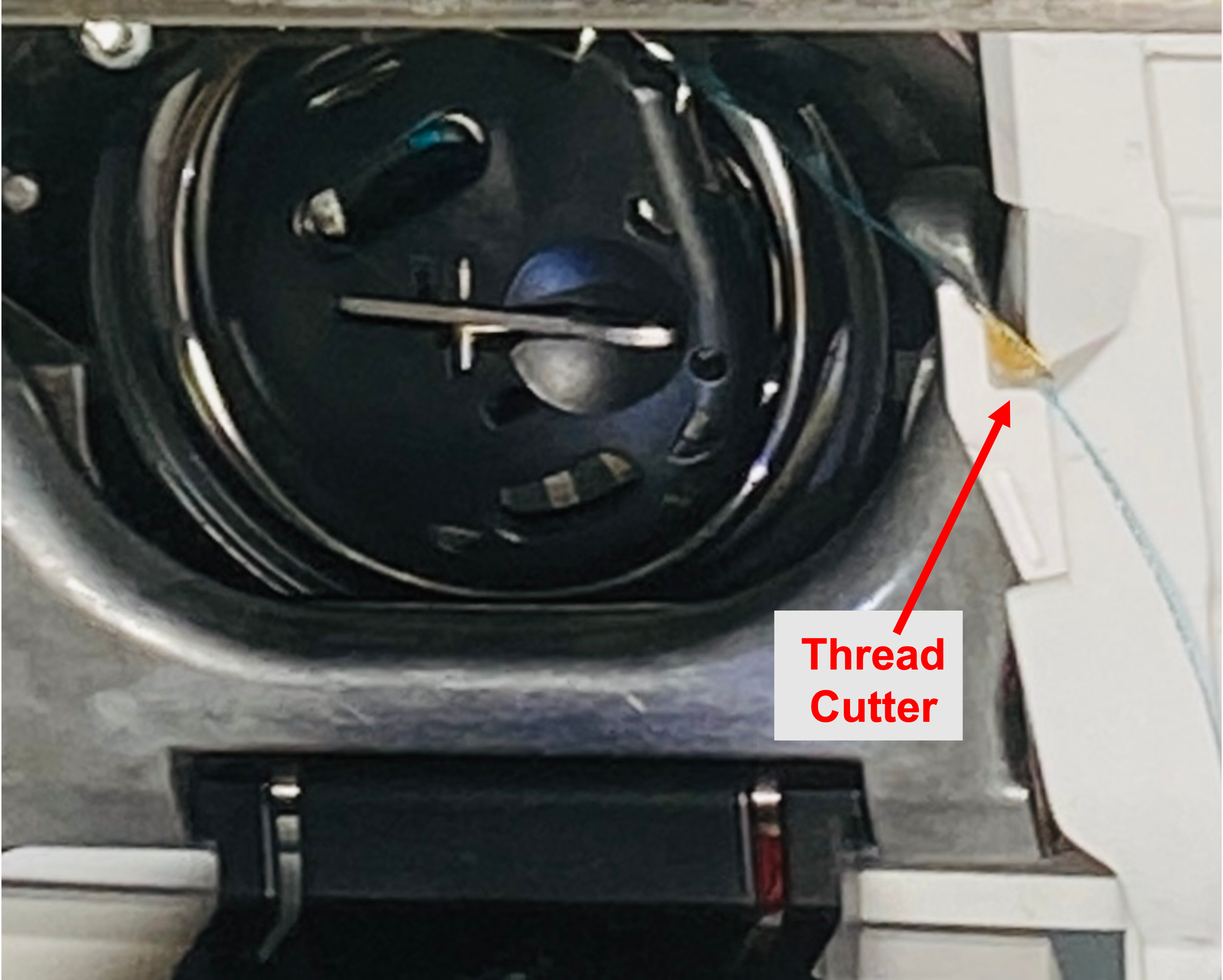
It’s always a good idea to know as much as you can about your sewing machine and how it works. This lets you get the most enjoyment from it with the least frustration! I hope that answering these questions has helped you move a little further along that path.

